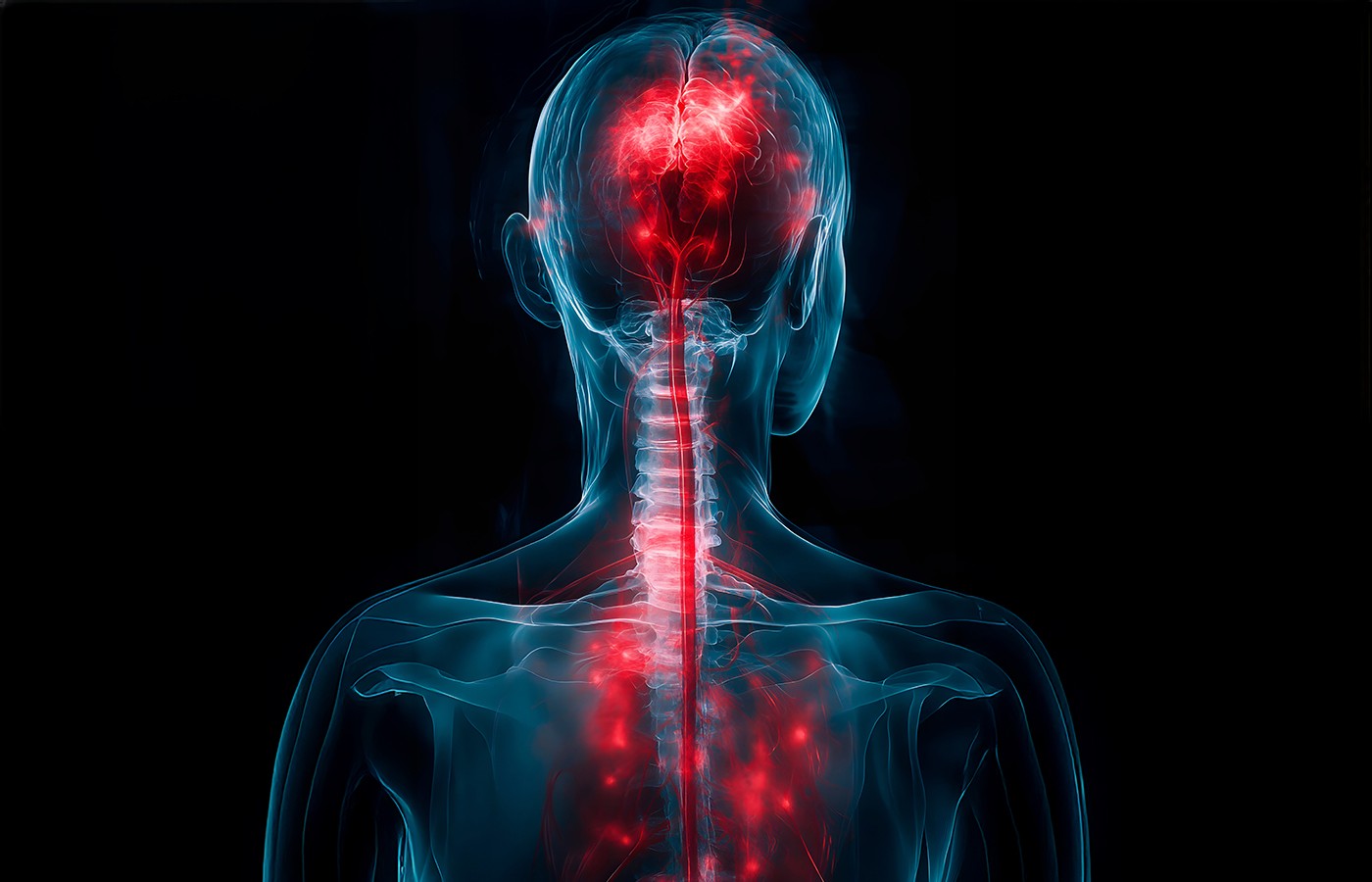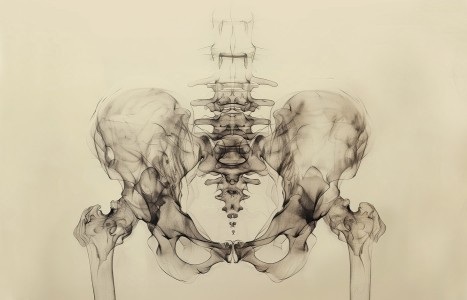People today want convenience, whether it be from their bank, credit card, favorite retail store, or restaurant. They demand it from the companies who hold their loyalty, including their health care providers (you). They don’t want to call and possibly be put on hold, and they want to use an app or schedule an appointment on your website. Here are three reasons your practice can gain by switching to online appointment scheduling.
Acupuncture’s Role in Stimulating the Vagus Nerve
- One of the longest nerves in the body is known as the vagus nerve. The VN is the 10th pair of cranial nerves that originates at the brain stem in the medulla oblongata.
- Ear acupuncture has been proven to activate the VN. In He, et al.’s research, they found that auricular acupuncture stimulated the afferent pathways of the “auricular branch of the vagus nerve.”
- In another study, 20 hypertensive rabbits received EA at Erjian and Shenmen. The results showed a decrease in blood pressure and heart rate, which showed activation of parasympathetic nerves.
The activity of the ANS is controlled by central neurons that are constantly responding to afferent input.1 The peripheral nerves that communicate information are efferent and afferent nerves.2 The body can also have mixed nerves, which consist of afferent (sensory) and efferent (motor) nerves.3
One of the longest nerves in the body is known as the vagus nerve (VN).4 The VN is the 10th pair of cranial nerves that originates at the brain stem in the medulla oblongata.5 This nerve is part of the parasympathetic nervous system, which is a part of the ANS.4
The VN is a mixed nerve and consists of “4/5 afferent and 1/5 efferent fibers.”4 The VN is the only facial nerve that extends beyond the head and neck.6 The VN has branches that extend into the pharynx and larynx, into the heart, lungs, and abdomen.5 These branches control heart rate, breathing and digestion.5
If there is damage to the VN, it would be “incompatible with life because these parasympathetic nerves are crucial in maintaining normal state of visceral organ activity.”6 The VN acts in union with the sympathetic nervous system.4 It is through this connection that the VN has been used to treat chronic inflammatory disorders.4 The VN is also a target for treating digestive disorders, epilepsy, and depression.4
Kavoussi, et al.,7 reviewed research demonstrating that the parasympathetic ability to decrease inflammation was through stimulation of the vagal nerves’ efferent fibers. This was confirmed through research done on mice that received electrical stimulation to the efferent vagus nerve. The result showed a decrease in inflammation and swelling.7
Ear acupuncture has been proven to activate the VN. In He, et al.’s research,8 they found that auricular acupuncture stimulated the afferent pathways of the “auricular branch of the vagus nerve.” The VN is widely distributed, and thus affects cardiovascular, respiratory, gastrointestinal functions.8
Auricular acupuncture’s effect on the VN was examined in the clinical study done on basketball athletes. They found that heart rate decreased after 30-60 minutes after exercise with the use of auricular acupuncture.8 He, et al., also reported that in a clinical trial, 14 healthy men who received auricular acupuncture had improvements in “respiratory sinus arrythmias,” indicating an increase in vagal activity.
In another study, 20 hypertensive rabbits received EA at Erjian and Shenmen. The results showed a decrease in blood pressure and heart rate, which showed activation of parasympathetic nerves.8 He, et al., also reported in their findings that the use of the Heart point in ear acupuncture regulates the heart, as healthy volunteers who received manual ear acupuncture at the heart point had a decrease in heart rate. Thirty hypertensive individuals who received acupuncture at the Heart point in the ear were reported to have long-term and immediate effects on decreasing hypertension.8
Kavoussi, et al.’s (2022) research discovered that the “Conchae of the ear is the only place on the surface of the body where the VN can be easily stimulated to produce a broad sympathetic effect.” And He, et al.’s, study found that the auricular concha is innervated by the auricular branch of the VN (ABVN). In animal studies it was observed that acupuncture stimulation at the concha created a hypoglycemic reaction by activating the nucleus of the solitary tract (NTS).8 The ABVN projects to the NTS and is said to be the anatomical regulation of the vagal nerve.8
La Marca, et al.,9 conducted a three-armed randomized trial to evaluate the effects of auricular EA on the VN. They found that acupuncture on the concha of the ear induced vagal activity. They measured the respiratory sinus arrhythmia adjusted for tidal volume, which was used to indicate vagal activity.9
Wang et al.’s research10 measured the effects of the acupuncture point Sishen Cong on VN activity. They used nine healthy males to measure these effects, with 40 minutes of ECG recordings done before, during and after acupuncture. The measurements showed that the stimulation of Sishen Cong enhanced cardiac vagal activity and suppressed sympathetic activity in humans.10
References
- Gibbons CH. Basics of autonomic nervous system function. Handbk Clin Neurol, 2019;160:407-418.
- Feldman SR. Psychology 105,11th Edition. McGraw-Hill Education, 2013.
- Ma TY, Ma M, Cho ZH. Biomedical Acupuncture for Pain Management: An integrative Approach. St. Louis MO: Elsevier Churchill Livinsgstone, 2005.
- Bonaz B, Sinniger V, Pellissier S. The vagus nerve in the neuro-immune axis: implications in the pathology of the gastrointestinal tract. Frontier Immunol, 2017 Nov 2;8:1452.
- Shields D, Butler J, Lewis R. Hole’s Essentials of Human Anatomy and Physiology, 9th Edition. New York, NY: McGraw Hill, 2006.
- Marieb NE. Anatomy & Physiology, 2nd Edition. San Fracisco, CA: Pearson Education Inc., 2005.
- Kavoussi B, Ross BE. The neuroimmune basis of anti-inflammatory acupuncture. Integr Cancer Ther, 2007 Sep;6(3):251-7.
- He W, Wang X, Shi H, et al. Auricular acupuncture and vagal regulation. Evid Based Compl Alt Med, 2012;2012:786839.
- La Marca R, Nedeljkovic M, Yuan L, et al. Effects of auricular electrical stimulation on vagal activity in healthy men: evidence from a three-armed randomized trial. Clin Sci, 2010 Apr;118(8):537-46.
- Wang JD, Kuo TB, Yang CC. An alternative method to enhance vagal activities and suppress sympathetic activities in humans. Autonomic Neurosci, 2002 Sep 30;100(1-2):90-5.



